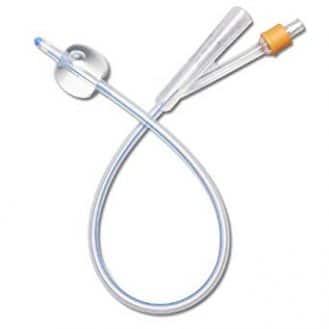All surgical implants used to model one or more parts of the body are considered to be cosmetic implants (excluding dental prostheses). They have an exclusively cosmetic purpose and are not intended to restore a compromised function.
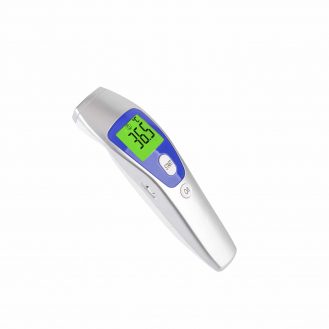
All surgical implants used to model one or more parts of the body are considered to be cosmetic implants (excluding dental prostheses). They have an exclusively cosmetic purpose and are not intended to restore a compromised function.
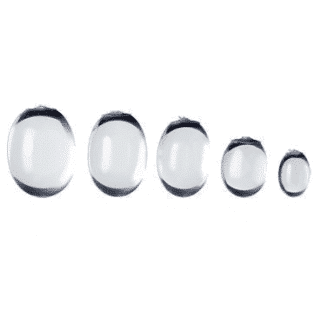
Coloplast testicular prostheses
Cosmetic implants can be classified into several categories: facial implants, breast implants, pectoral and abdominal implants, testicular implants, upper and lower limb implants.
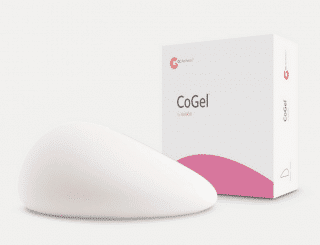
A GC Aesthetics anatomical breast implant
Several criteria are decisive when choosing a breast implant. In order to achieve the desired aesthetic result, the practitioner must take into consideration the choice of the positioning site and point of incision as well as the implant’s shape, volume, external texture (and therefore its adherence to the tissue), filler material and profile.
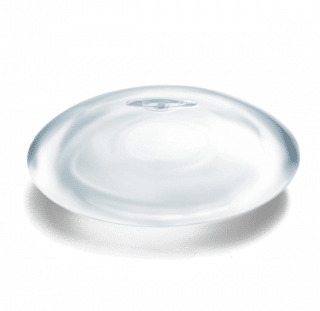
A MENTOR® smooth breast implant
Criteria for choosing a breast implant:
A breast implant generally lasts between seven and ten years maximum. It is still advisable, however, to carry out a clinical and morphological examination (ultrasound and mammography, as appropriate) each year as a precautionary measure to detect any possible anomalies. This examination becomes even more essential after the age of 45.
Newer breast implants, known as the ”latest generation,” are guaranteed for life, but it is too early to be able to properly estimate their true lifespan.
Regardless of the lifespan of the implant, a surgeon should not replace one that does not have any abnormalities. The replacement of an implant should only be proposed in the event of a problem-such as rupture, deflation, capsular contracture-or if the patient wishes to change the volume.


